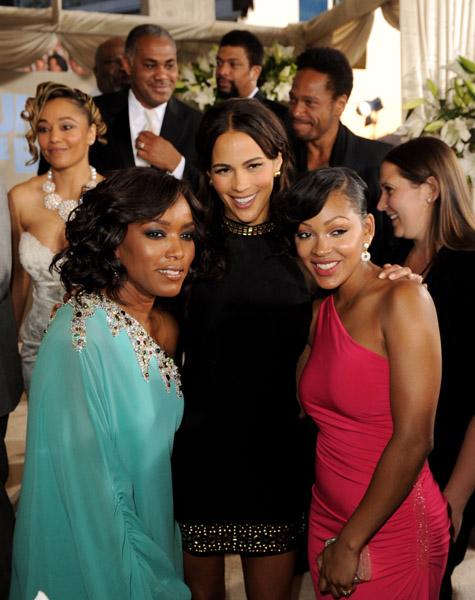


Probert of Warwick University has failed to find any proof of an actual contemporary practice of jumping over a broomstick as a sign of informal union. ĭespite these allusions, research by the legal historian Professor R. In 1789 the rumoured clandestine marriage between the Prince Regent and Maria Fitzherbert is similarly referred to in a satirical song in The Times: "Their way to consummation was by hopping o'er a broom, sir". A man who had taken his underage bride off to France discovered it was as hard to arrange a legal marriage there as in England, but declined a suggestion that a French sexton might simply read the marriage service through before the couple as "He had no inclination for a Broomstick-marriage". Ī 1774 usage in the Westminster Magazine also describes an elopement. The earliest use of the phrase is in the 1764 English edition of a French work: the French text, describing an elopement, refers to the runaway couple hastily making un mariage sur la croix de l'épée (literally 'marriage on the cross of the sword'), an expression the English translator freely renders as 'performed the marriage ceremony by leaping over a broomstick'. References to "broomstick marriages" emerged in England in the mid-to-late 18th century, always to describe a wedding ceremony of doubtful validity. 3 African American and Black Canadian customĪs an expression for "irregular marriage".1 As an expression for "irregular marriage".The custom is also historically attested in some Irish weddings. The custom of a marrying couple literally jumping over a broom is now most widespread among African Americans and Black Canadians, popularized in the 1970s by the novel and miniseries Roots but originating in the mid 19th century as a practice in antebellum slavery in the United States. There have also been suggestions that the expression may derive from an actual custom of jumping over a " besom" (where "broom" refers to the plant common broom rather than the household implement) associated with the Romanichal Travellers of the United Kingdom, especially those in Wales. It has been suggested that the custom is based on an 18th-century idiomatic expression for " sham marriage" or "marriage of doubtful validity" it was popularized in the context of the introduction of civil marriage in Britain with the Marriage Act 1836. Jumping the broom (or jumping the besom) is a phrase and custom relating to a wedding ceremony where the couple jumps over a broom. Jumping the Broom makes an exquisite gift book for a special friend or family member and an indispensable planner for the most important day of your life."Marrying over the Broomstick", 1822 illustration of a "broomstick-wedding" by James Catnach. Lavishly illustrated, this new edition features twice the number of color photographs found in the original book and a completely up-to-date resource guide. Historical anecdotes and information on cultural traditions from all over the Motherland-as well as the Caribbean and the American South-are sprinkled throughout. Her suggestions range from the simple, such as having your wedding rings cast with ancient Khamitic symbols, to the elaborate, such as adorning your wedding party in traditional Yoruba asooke formal wear, and an extensive resource guide will help you manage logistics. Harriette Cole, former fashion editor of Essence magazine, offers hundreds of original ideas for enhancing your wedding with Afrocentric touches at every stage-from announcements, rings, and clothes to music, food, and vows. The bestselling-and the first-comprehensive wedding guide written and designed expressly for African Americans, it presents everything you need to know to plan an event that is truly an expression of your personal style and heritage. Jumping the Broom is newly revised for the twenty-first century. “This gorgeous book is not merely a wedding guide, but a celebration of African-American culture.” -Billboard


 0 kommentar(er)
0 kommentar(er)
